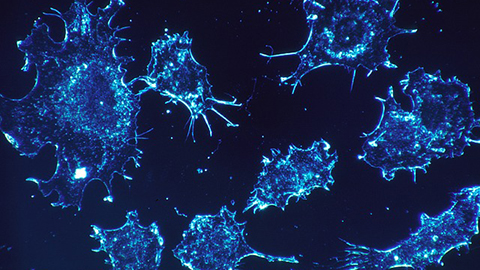New Mathematical Model Predicts Effects of Prostate Cancer Treatment
An international research team has developed a mathematical model that predicts the side effects of a chemotherapy treatment for prostate cancer.

Metastatic prostate cancer resistant to hormonal treatment is a progressive and malignant disease that leads to death. The chemotherapy drug docetaxel was introduced over ten years ago and since then it has been a standard treatment for metastatic castration-resistant prostate cancer. However, 10-20 percent of patients have adverse side effects that force them to discontinue the treatment.
In the Prostate Cancer DREAM 9.5 Challenge, international researcher teams designed mathematical models predicting the likelihood of a patient discontinuing the docetaxel treatment due to adverse events. All in all, 61 models were created for the competition and seven of them were functional, winning an award in the competition. The model created by the joint team of the University of Turku and Turku University Hospital was one of seven awarded in the competition.
After the competition, the seven teams decided to collaborate outside the framework of the competition, resulting in refinements that led to a combined model that was more predictive than any of the submissions alone. The new, joint model divided patients into two groups with low and high risk of discontinuing docetaxel due to adverse side effects.
– The field is definitely moving toward a much more open sharing model of clinical trial data. This project is a great example of how you can gain new knowledge from existing data and how making clinical data open and freely accessible can maximize its use for the benefit of patients, says Research Director Laura Elo from Turku Centre for Biotechnology.
The researchers did not know each other before the competition and they came from all over the world – Finland, Germany, Canada, Israel and United States.
The results were published in the Journal of Clinical Oncology Clinical Cancer Informatics: http://ascopubs.org/doi/abs/10.1200/CCI.17.00018
MR